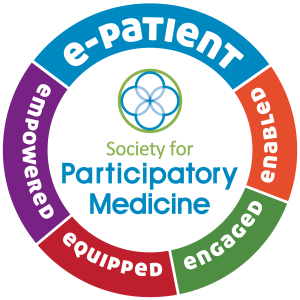I have watched with sadness, anger, and disappointment the events of the past week. Amid a public health crisis and a historic level of unemployment that are disproportionately impacting people of color we saw captured on video the death of a black man, George Floyd, at the hands of four police officers in Minneapolis.
saw captured on video the death of a black man, George Floyd, at the hands of four police officers in Minneapolis.
I am a liberal white woman. I grew up in a white neighborhood in Northeast Minneapolis. As a young adult, I lived in South Minneapolis and later North Minneapolis – much more racially diverse parts of the city. My sister and brothers, nephew and nieces, and their children all still live in the Minneapolis area. My nephew has lived for over 20 years just off Lake Street in South Minneapolis where nearly every business has been damaged or destroyed in the past week. But this destruction was not limited to Lake Street which you saw on the news. It happened all over the Twin Cities area as people intent on causing trouble and more divisions scattered to set fires and smash windows. As of late Sunday night, 270 businesses had been damaged or destroyed. It broke my heart to see that beautiful, diverse city so broken. And then to see that destruction spread in other cities over the weekend.
I am old enough to remember the riots and social unrest of 1968. I came of age during the women’s movement in the late 1960’s and early 1970’s. I have been to my share of peaceful marches and protests over the decades starting with an anti-war demonstration in 1970 on the University of Minnesota campus with one of my high school teachers and several classmates. In recent years, my husband and I have showed up for women’s rights, gun control, and immigration reform.
While I have experienced sexism, I also experience white privilege. I try to understand racism and its impact on people, but I cannot fully understand what it is like to be a person of color in America.
As a citizen, it is our right to peacefully protest. Thousands of people are in the streets in every major city across this country peacefully protesting racism and police brutality. A small number of extremists are turning these protests to violence and destruction each night.
We are seeing the best and the worst in people right now. Continue reading








